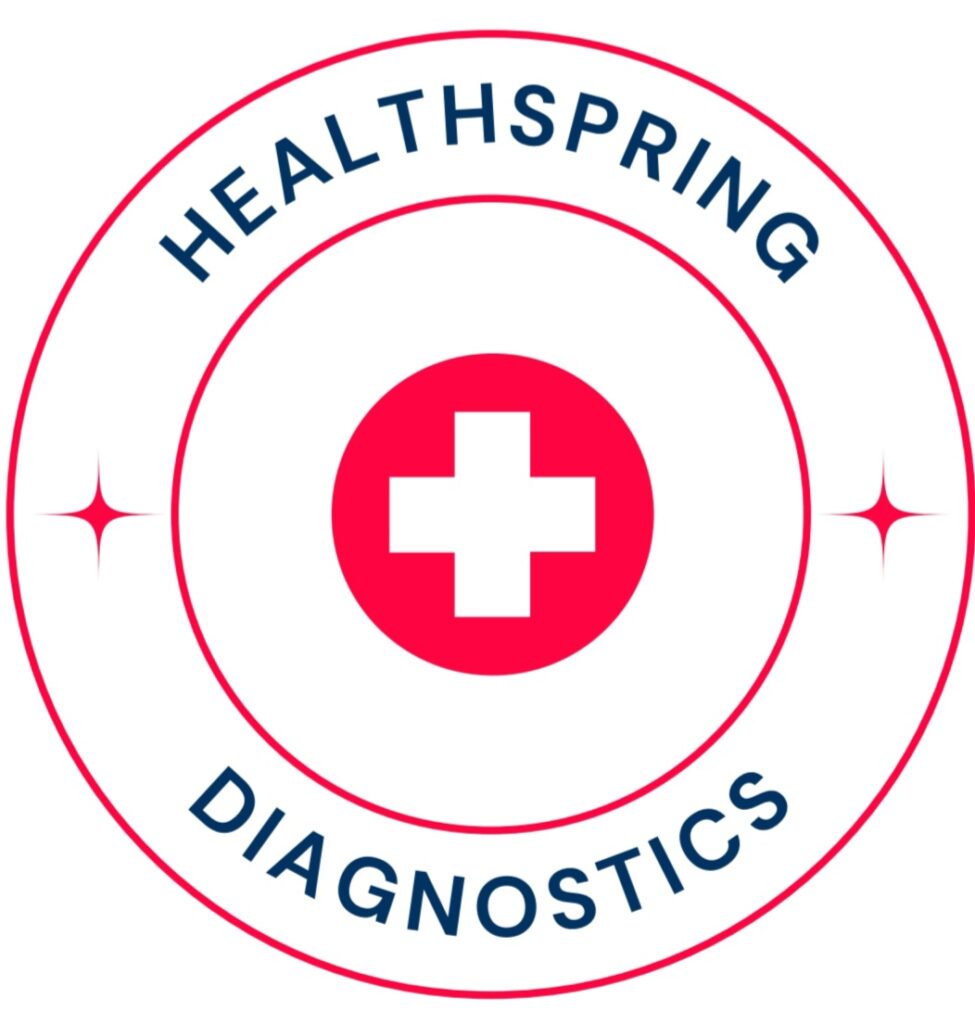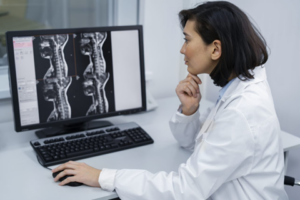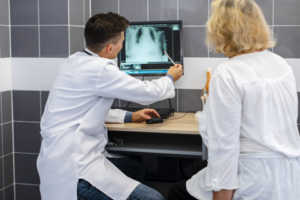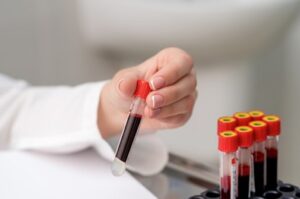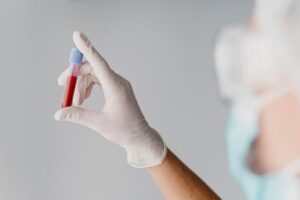Breast ultrasound procedures play a crucial part in women’s health. They’re vital for detecting changes in the breast early, including cancer. Unlike mammograms, breast ultrasounds don’t use radiation. They use sound waves to create images of the inside of the breast.
One significant benefit of breast ultrasounds over mammograms is how well they work on dense breast tissue. Some women have creamier, denser breasts, which can make it harder for mammograms to see through. Ultrasounds can often find things that mammograms might miss in these dense tissues, like lumps or cysts.
Another big plus is the precision. If there’s a suspicious area picked up by other methods, a breast ultrasound procedure can take a closer look. This ensures a more accurate diagnosis without any discomfort.
Breast ultrasounds are also great for keeping tabs on existing conditions. If you have cysts or any masses, regular ultrasound exams can monitor changes over time. These check-ins are important to ensure that your health stays on track.
In summary, breast ultrasounds are an essential tool for detection and ongoing monitoring of breast health. They offer a painless, radiation-free way to stay informed about what’s happening inside your body. Their ability to uncover details in dense tissues and track existing issues make them invaluable for women’s health.
Preparing for Your Breast Ultrasound: What You Need to Know
Getting ready for a breast ultrasound procedure is simple and stress-free. Here’s a quick guide to help you know what’s involved:
- Clothing: Wear something comfy that’s easy to remove, like a top and a bra. You may need to undress from the waist up for the scan.
- Diet: No worries about fasting or eating beforehand. You can stick to your normal diet.
- Skincare Products: Avoid lotions or powders on your breasts, as they might interfere with the scan.
Some folks might feel a bit anxious about medical procedures. Don’t worry—ultrasounds are neither painful nor invasive. They don’t involve needles or lengthy setups. The process is quick and straightforward.
It’s helpful to squash some common myths and misconceptions. For example, some think breast ultrasounds are harmful or expose you to radiation—nope! They’re completely safe. Others may hesitate because they think it needs to be done the same day as a mammogram. But scheduling them isn’t related.
With a clearer picture of what’s ahead, you can approach your procedure without concern. Knowing what to expect during a breast ultrasound can ease your mind and make the day flow smoothly.
Understanding the Breast Ultrasound Procedure: A Step-by-Step Guide
During your breast ultrasound procedure, you’ll experience a simple and painless process. Below is a straightforward rundown:
- Positioning: You lie on an examination table. A technician might adjust the position for the best view.
- Applying Gel: A special gel is put on the skin surface. This helps the device glide smoothly.
- The Device: The technician uses a wand called a transducer. They move it over the gel-covered skin. The machine picks up echoes and turns them into pictures.
- Capturing Images: You might need to change positions. This provides clear images from different angles of your breast.
The what to expect during a breast ultrasound boils down to this gentle and efficient process. There’s no discomfort—just some mild pressure from the transducer.
Technology has come a long way, meaning clearer images and better diagnosis. New advancements mean that even the tiniest changes can be spotted early.
By understanding each step, women can demystify the process and feel more at ease when facing the examination.
Interpreting Results and Post-Procedure Care
Once your breast ultrasound procedure is done, waiting for results can be nerve-wracking. But here’s how to understand what’s next:
- Reading the Results: Often a radiologist will write a report. They’ll look for unusual patterns or lumps. You don’t have to decipher it alone. Your doctor will go over it with you.
- Understanding Imaging: It helps to know how to read a breast ultrasound in simple terms: dark areas might indicate cysts, while lighter spots could need more checking.
Remember the risks of breast ultrasound procedures are minimal. There’s no known harm, and issues are rare. Plus, they’re designed entirely to keep you well-informed about your breast health.
If there are any areas needing further inquiry, your doctor will guide you on the next steps. Follow-ups are crucial in making sure everything is as it should be.
Knowing when to seek further advice is key. If there’s something unusual mentioned, or if you have ongoing symptoms, a check-in with your healthcare provider makes sure that all bases are covered.
Overall, the procedure excels in safety and reliability. This means you can feel confident about the process and your health journey. Understanding each phase will empower you to take charge of your breast health efficiently.
